Just curiosity.
The only way I know so far is to create an add-in with code, put it in some trusted directory and hope it opens when you need it. The drawback is that it sometimes does not open together with application (e.g. I have a custom UDF in the add-in, I use it in the worksheet and an error is what I get, because the addin hasn't started). For this I have a button on my ribbon which calls a sub in the addin which does nothing, but then the addin is activated the UDF works.
Is there any other efficient way to reference code in another workbooks, like in Word we have normal.dotm template?

